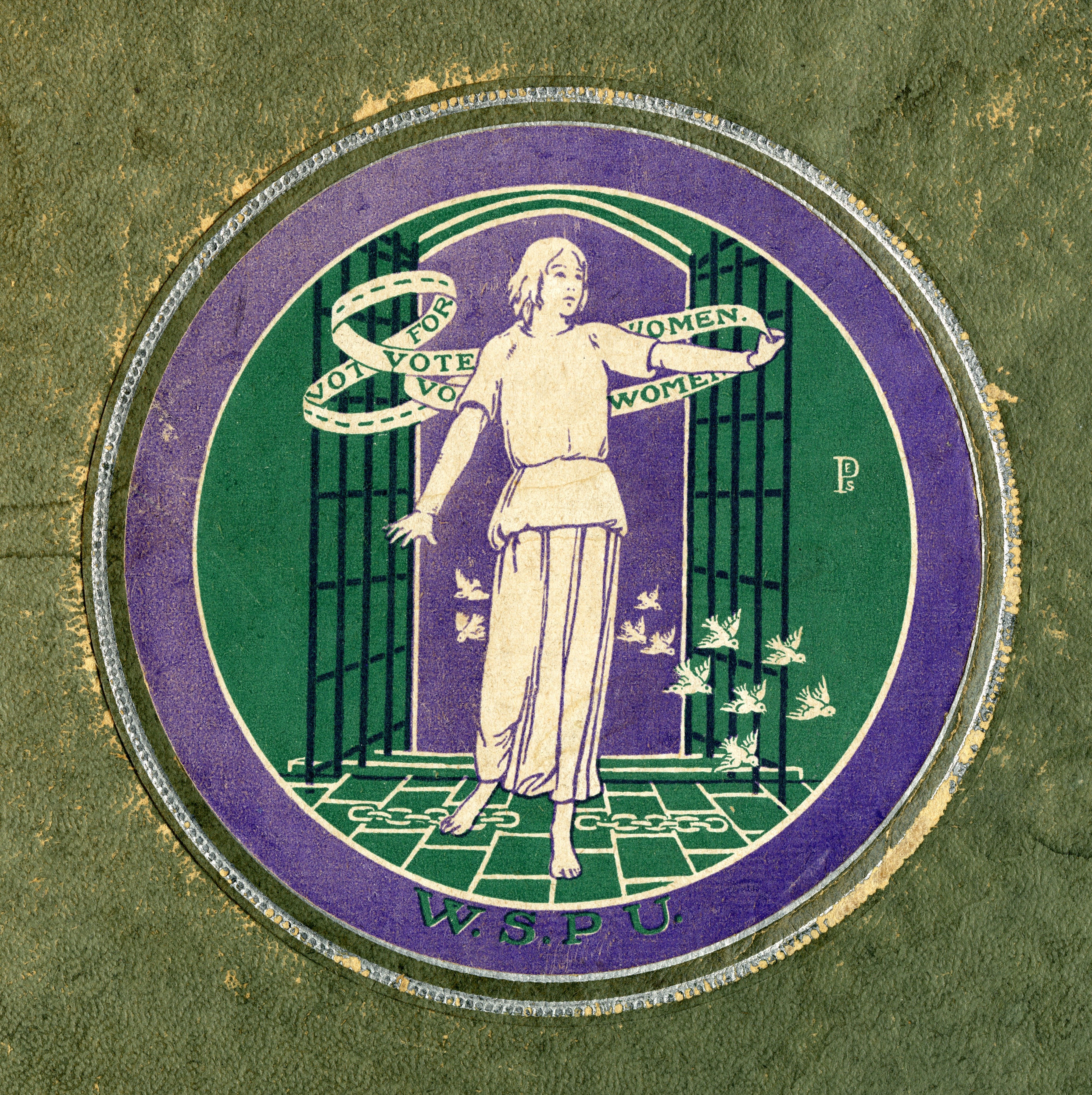Who were the Suffragettes?
“We had exhausted argument. Therefore, either we had to give up our agitation altogether, as the suffragists of the early eighties had done, or else we must act.”
Emmeline Pankhurst
On October 10, 1903, at the Pankhurst family home in Manchester, the Women’s Social and Political Union (WSPU) was formed.
In its early days, the WSPU supported the work of the NUWSS (National Union of Women’s Suffrage Societies) but quickly became disappointed with the seemingly limited progress of the peaceful Suffragist campaigns.
Between 1867 and 1913 there were no less than 40 attempts to pass bills and resolutions in the House of Commons in favour of women’s suffrage, but all of them were defeated for want of votes or parliamentary time.

Deeds not words
The WSPU decided that a more direct approach was needed and “Deeds not Words” became their motto.
Initially, the WSPU had used similar tactics to the Suffragists including processions and heckling ministers at public meetings.
A clear break came in 1905 when Christabel Pankhurst and Annie Kenney interrupted a Liberal Party rally in Manchester, demanding votes for women. While being forcibly removed from the hall Christabel spat at a policeman in order to get arrested, which generated much press attention in the process.
Militant acts
The trend towards increasingly militant acts accelerated after this. In 1909 Christabel Pankhurst coordinated a new campaign that included breaking windows, setting fire to post boxes and attempts to set fire to the country homes of government ministers.
Between 1913 and 1914 the WSPU caused extensive damage to properties across the UK, burning country houses, a school, more than 50 churches and the tea houses at Kew Gardens and Regents Park.
Mary Richardson slashed the Rokeby Venus at the National Portrait Gallery and bombs were planted and exploded on trains and in various buildings, including a failed detonation in St Paul’s Cathedral.
The militant campaigns of the WSPU were so well coordinated that the police struggled to keep up with them and police surveillance was used in order to keep tabs on some of the Suffragettes involved.
Not every member of the WSPU engaged in this new form of action and it is unclear how far the leadership was responsible for some acts.

A split in the movement
The domineering personalities of the Pankhursts led to the organisation splitting in 1907 and the creation of the Women’s Freedom League (WFL).
Another important split came in 1912 when Emmeline and Fred Pethick Lawrence were expelled from the WSPU and later, in 1914, along with others formed the United Suffragists.
There were several other notable splits away from the WSPU including the East London Federation of Suffragettes founded in 1914 and led by Sylvia Pankhurst, the Suffragettes of the Women’s Social and Political Union led by Rose Lamartine Yates (1915) and the Independent Women’s Social and Political Union, led by Charlotte Marsh (1916).
Historians continue to debate whether or not Suffragette militancy helped or hindered the campaign for the vote but in 1914 the WSPU ceased its militant campaign and supported the war effort.
The Representation of the People Act was passed after the war ended in 1918 and this gave some women the right to vote, providing that they were over the age of 30 and met certain property qualifications.
For more information about the Women’s Suffrage campaigns visit the Citizens Project YouTube channel or take the free FutureLearn course ‘Beyond the Ballot’.
Read more
Sisterhood: Writing about the women that made me who I am
The Gender Equality Collective: Let’s change the world together
